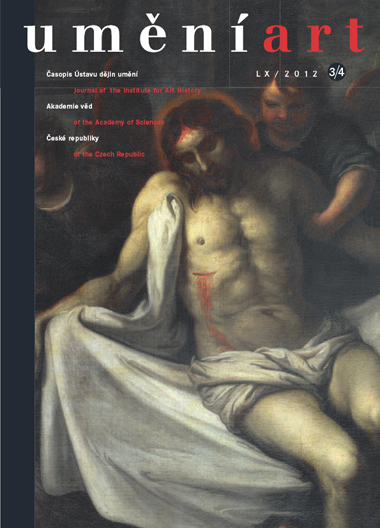Radka Tibitanzlová - Štěpán Vácha
Pražský malíř Matěj Zimprecht (1624-1680). Životopis umělce v limitech historické paměti
Painter Matthias Zimprecht, born in Munich, but documented as active in Prague from 1655, shares the fate of other painters from the second third of the 17th century, whom Czech art history traditionally regards as inferior artists and unflatteringly labels as the imitators or successors of Karel Škréta (1610-1674). In the case of Matthias Zimprecht - who was in reality an outstanding painter - it is especially evident how much this undervaluation is due to the absence of any contemporary literary representation (i.e. a biography) of his life and work. But how much does this fact account for the artist's lack of historical importance? Testimony to Zimprecht's significance in the 17th and 18th centuries is how highly valued his paintings were in their day and even later on, and that they figured in the collections of Bohemia's most prominent noble families. Similarly, altarpieces painted by him were the subject of admiration and of artistic study, which is demonstrated by the way his figural compositions were reused in the second half of the 18th century and even whole paintings were copied in the early 19th century by students at the Academy in Prague. This study also publishes some newly discovered facts about Zimprecht's background and training (under Caspar Amort in Munich), explains why he settled in Prague, and sheds light on the early stages of his artistic engagement in the service of Count Wenzel Michna of Vacínov. A decisive moment in the artist's career appears to have been when he joined the painters' guild of the New Town of Prague after 1667, becoming its leader several years later. It was only as guild master that he could gain access to clientele in the burgher class and obtain prestigious commissions for altar canvases in churches in Prague and in the countryside. In its conclusion this study includes an annotated edition of the earliest biography of Zimprecht (1799) written by the first Czech art historian Johann Quirin Jahn.
Full-text in the Digital Library of the Czech Academy of Sciences:
https://kramerius.lib.cas.cz/uuid/uuid:e282637b-b386-9c5e-e47c-4a7e13eb70bc
< back

